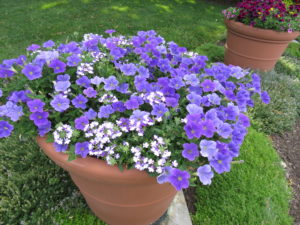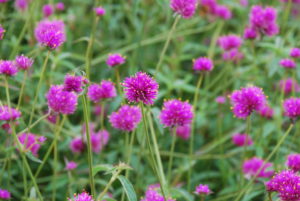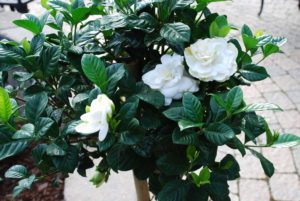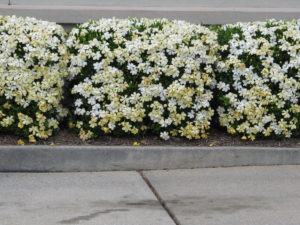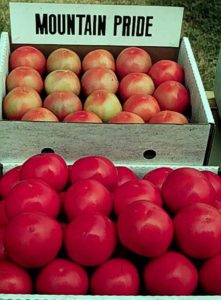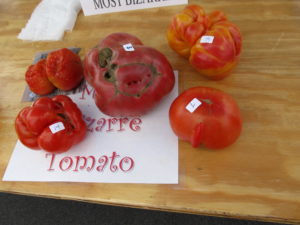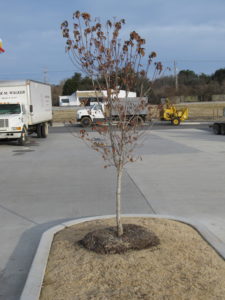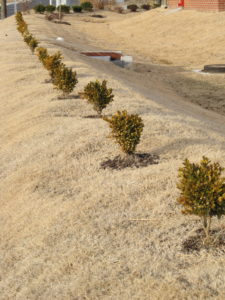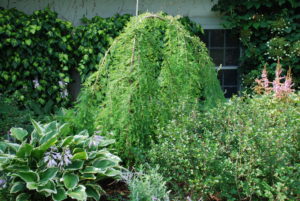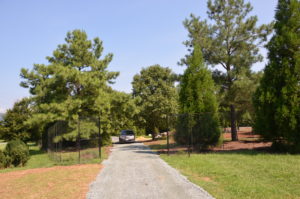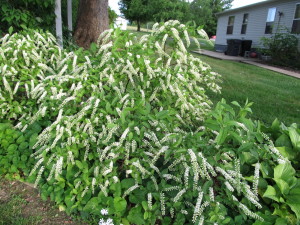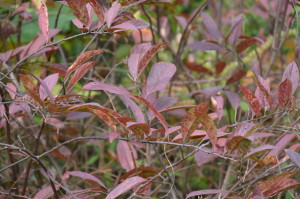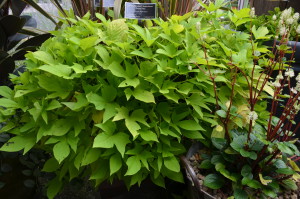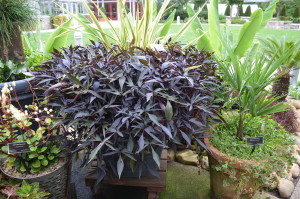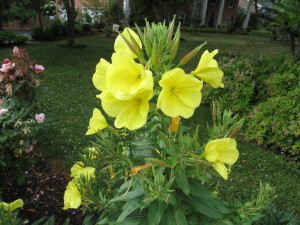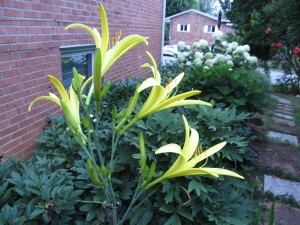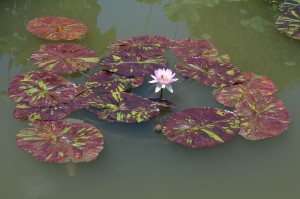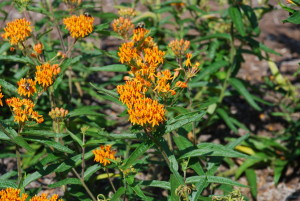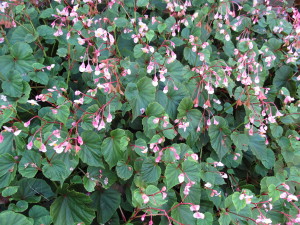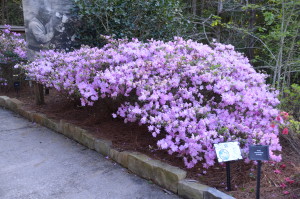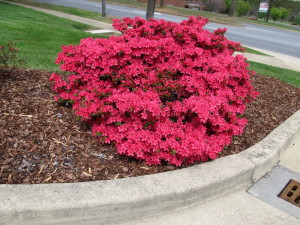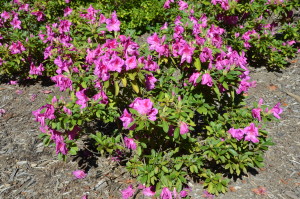Annuals (bedding plants) provide many more weeks of colorful flowers and/or foliage than perennials and woody landscape plants. Planting a fabulous flower garden does involve lots of initial preparation, including adding lots of organic matter (compost) to the ground and tilling it in.
First, plan your summer flower garden before you plant. Choose those that are heat and drought tolerant. Many regions of the U.S. continue to suffer through drought. Many urban areas are either limiting or have totally banned watering of flower gardens.
Specific drought tolerant annuals are the ones to choose (see list below). They ask for very little maintenance other than planting into an organically rich well-drained soil and in full or partial sun. Most promise good summer heat and drought resistance provided they have been “babied” or cared for during their first 4-6 weeks after spring planting. April and May rainfall is generally plentiful. Primary care is weekly watering, bi-weekly feeding with a water soluble fertilizer (such as Miracle-Gro™, Daniels™, or Espoma™). You may substitute feeding with a slow release fertilizer such as Osmocote™ or Nutrikote™ applied at planting time. All flowers should be mulched with 3-4 inches of an organic mulch such as wood bark or pine needles.
These 10 annuals are exceptionally drought tolerant:
Vinca (Catharanthus roseus)
Spider flower (Cleome hyb.)
Mexican heather (Cuphea hyssopifolia)
Silver Nickel Vine (Dichondra argentea ‘Silver Falls’)
Euphorbias (Euphorbia x)
Globe amaranth (Gomphrena globosa)
Lantana (Lantana x)
Moss Rose (Portulaca grandiflora)
Lemon Coral Sedum (Sedum rupestre Lemon Coral™)
Mexican Sunflower (Tithonia rotundifolia)
These 12 annuals also tolerate very hot summers, but demand moderate 1 to 1 ½ inches of water every 10-12 days if natural rainfall is absent.
Joseph’s Coat (Alternanthera spp.)
Summer snapdragons (Angelonia)
Ornamental Pepper (Capsicum annuum)
Cockscomb (Celosia argentea)
Marigold (Tagetes spp.) ‘
Starflower (Pentas lanceolata)
Fountain grasses (Pennisetum spp.)
Salvia (Salvia spp.)
Mexican Bush Sage (Salvia leucantha)
Fan Flower (Scaevola aemula) – Surdiva® or Bombay® series
Wax Begonia Big® and Whopper®
Star zinnia (Zinnia angustifolia)

